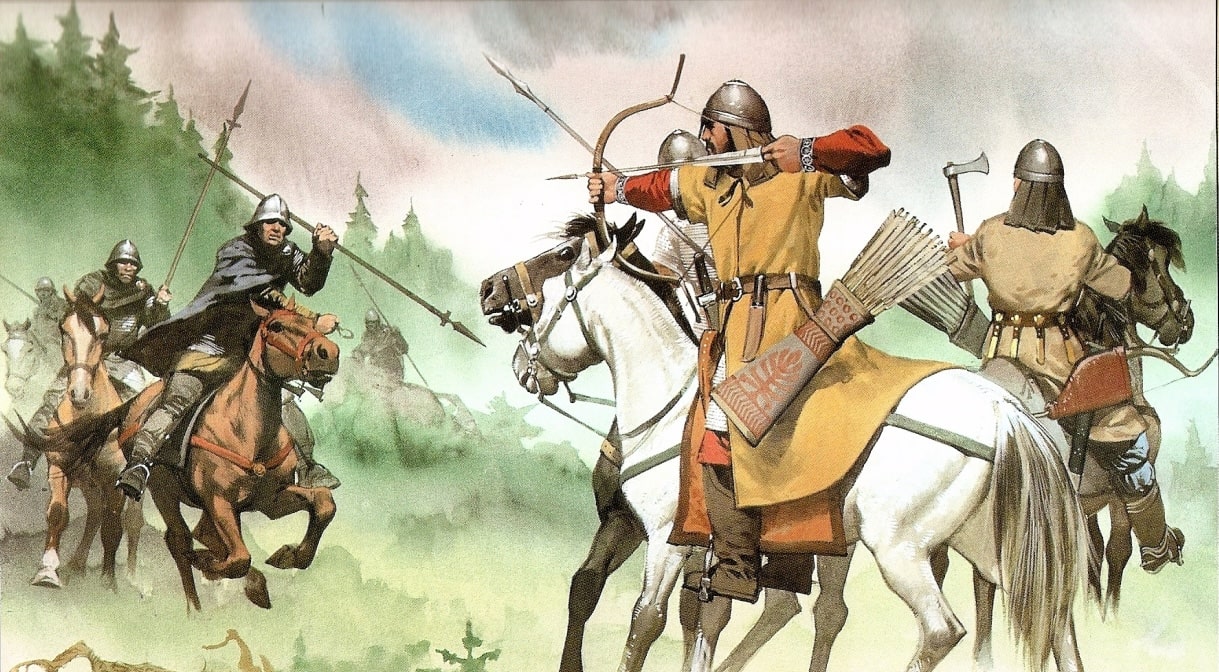
What were the Avar Wars? The Avar Wars were a series of conflicts between the Avar Khaganate and the Byzantine Empire during the 6th and 7th centuries. These wars were marked by intense battles, shifting alliances, and significant territorial changes. The Avars, a nomadic group from Central Asia, sought to expand their influence into Europe, clashing with the powerful Byzantine forces. Key battles included the Siege of Constantinople in 626, where the Byzantines successfully defended their capital. These wars had lasting impacts on the political landscape of Europe, influencing the rise and fall of various empires. Understanding the Avar Wars provides insight into the complex history of early medieval Europe.
Key Takeaways:
- The Avar Wars shaped medieval Europe, with the Avars originating from Central Asia and establishing a powerful empire in present-day Hungary, influencing warfare and the spread of Slavic peoples.
- The Avar Empire declined due to internal strife, external pressures, and defeat by Charlemagne, leading to their assimilation into surrounding cultures and leaving a rich archaeological legacy.
The Avar Wars: A Glimpse into History
The Avar Wars were a series of conflicts involving the Avars, a nomadic group from Central Asia, and various European powers. These wars played a significant role in shaping medieval European history.
- The Avars originated from Central Asia and migrated westward during the 6th century.
- They established a powerful empire in the Carpathian Basin, which is present-day Hungary.
- The Avars were known for their cavalry, which was one of the most formidable in Europe at the time.
- They often clashed with the Byzantine Empire, leading to numerous battles over several decades.
- The Avars formed alliances with other tribes, such as the Slavs, to strengthen their military campaigns.
Key Battles and Conflicts
Several notable battles and conflicts defined the Avar Wars, each contributing to the rise and fall of the Avar Empire.
- The Siege of Constantinople in 626 was a significant event where the Avars, allied with the Persians, attempted to capture the Byzantine capital.
- The Battle of Viminacium in 599 saw the Avars suffer a major defeat at the hands of the Byzantines.
- The Avars frequently raided the Balkans, causing widespread destruction and instability in the region.
- The Lombards, another powerful tribe, were both allies and enemies of the Avars at different times.
- The Avar-Frankish Wars in the late 8th century marked the decline of Avar power, culminating in their defeat by Charlemagne.
Cultural and Societal Impact
The Avar Wars had a profound impact on the cultures and societies of the regions involved.
- The Avars introduced new military tactics and technologies to Europe, influencing the development of medieval warfare.
- They played a crucial role in the spread of the Slavic peoples across Eastern Europe.
- The Avar Khaganate, their political structure, served as a model for later nomadic empires.
- The wars led to significant population movements, with many people fleeing the conflict zones.
- The Avars left behind a rich archaeological legacy, including burial mounds and artifacts.
The Decline of the Avar Empire
The decline of the Avar Empire was marked by internal strife and external pressures.
- The Avars faced increasing resistance from the Byzantine Empire, which regained strength in the 7th century.
- Internal divisions and power struggles weakened the Avar leadership.
- The rise of the Frankish Empire under Charlemagne posed a significant threat to the Avars.
- The defeat of the Avars by Charlemagne in 796 marked the end of their dominance in Central Europe.
- The remnants of the Avar population were eventually assimilated into the surrounding cultures, leaving a lasting legacy in the region.
Final Thoughts on Avar Wars
Avar Wars, a fascinating chapter in history, offers a wealth of intriguing facts. From their strategic battles to their cultural impact, the Avars left a lasting mark. Understanding their military tactics and alliances provides insight into their success and influence. Their interactions with other empires shaped the course of history in ways still felt today. By exploring these facts, we gain a deeper appreciation for the complexity and richness of this period. Whether you're a history buff or just curious, Avar Wars presents a captivating story worth knowing. Keep these key points in mind as you delve into other historical events, and you'll find a new perspective on how past conflicts and alliances shape our world.
Frequently Asked Questions
Was this page helpful?
Our commitment to delivering trustworthy and engaging content is at the heart of what we do. Each fact on our site is contributed by real users like you, bringing a wealth of diverse insights and information. To ensure the highest standards of accuracy and reliability, our dedicated editors meticulously review each submission. This process guarantees that the facts we share are not only fascinating but also credible. Trust in our commitment to quality and authenticity as you explore and learn with us.
